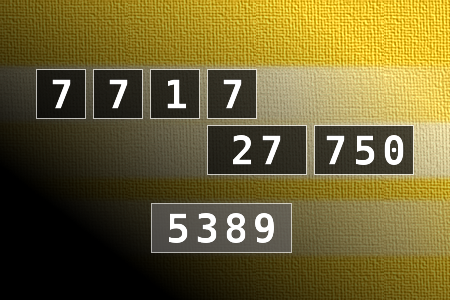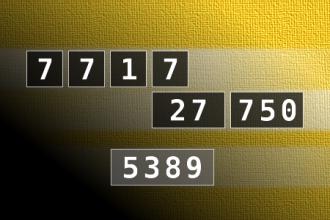Calculate the number 5389
NUMBERMANIA: Calculate the number 5389 using numbers [7, 7, 1, 7, 27, 750] and basic arithmetic operations (+, -, *, /). Each of the numbers can be used only once.Correct answers: 9
The first user who solved this task is Nílton Corrêa de Sousa.
#brainteasers #math #numbermania


